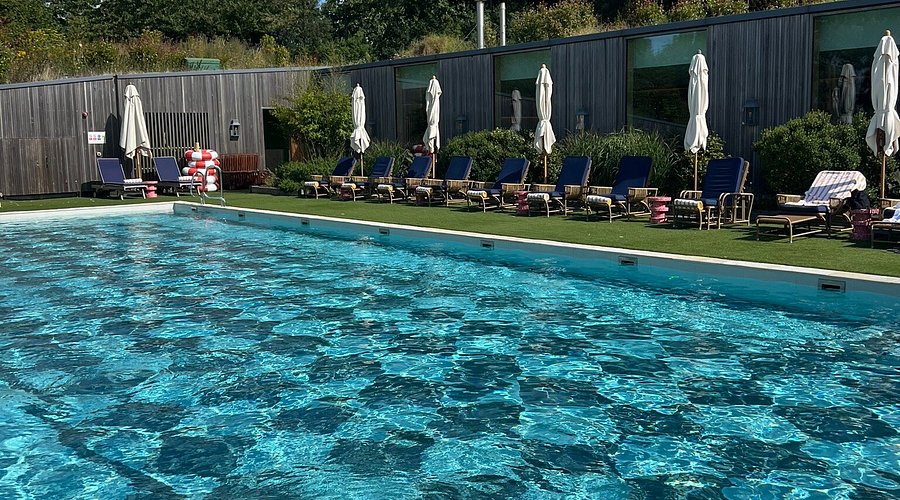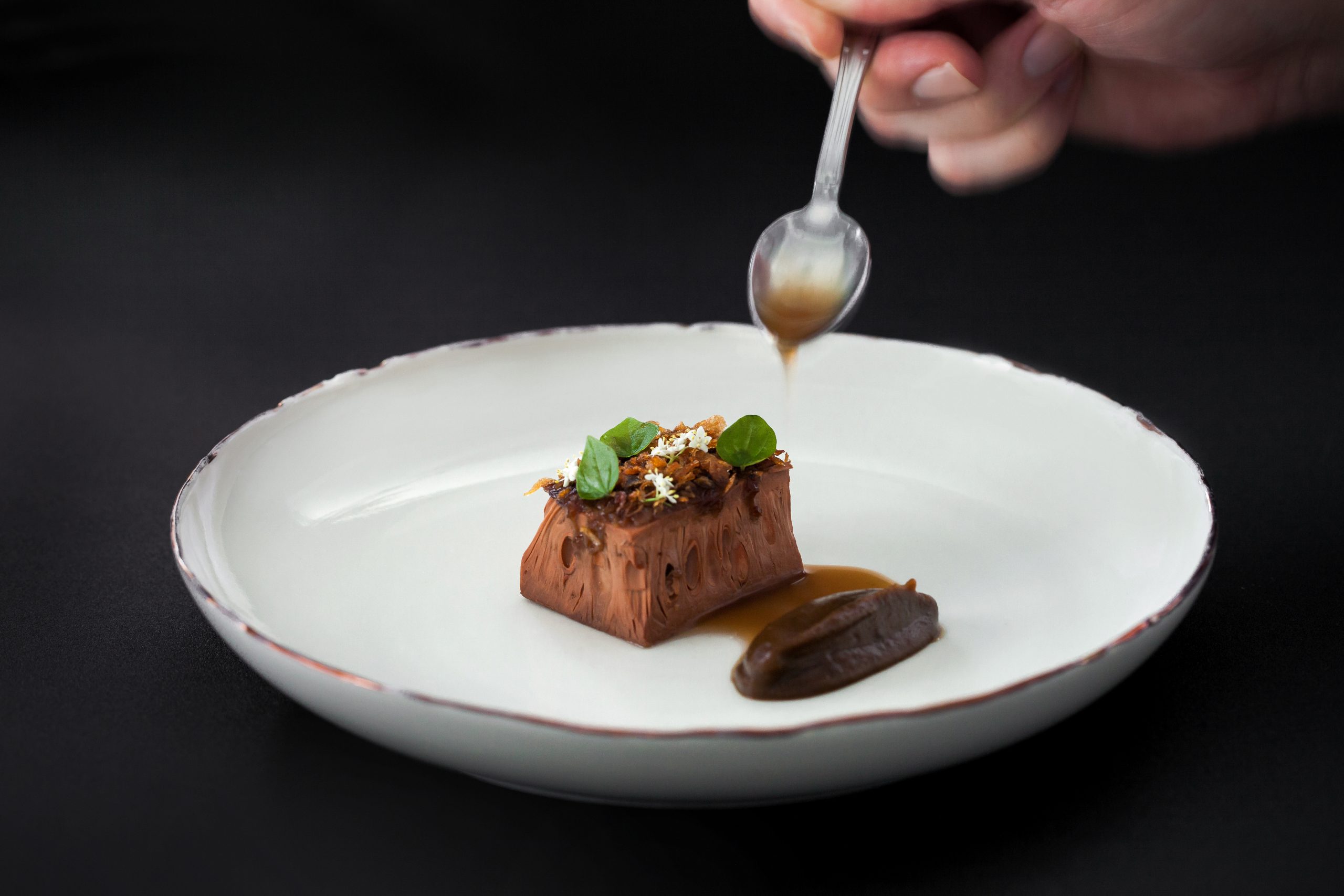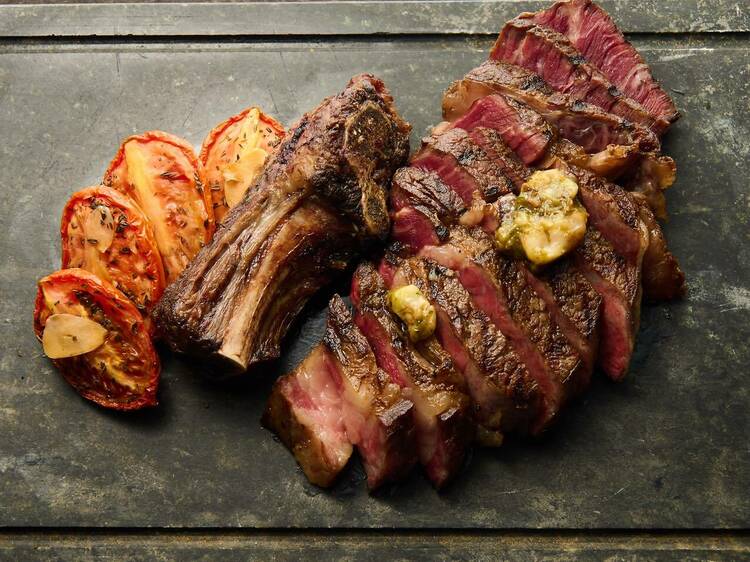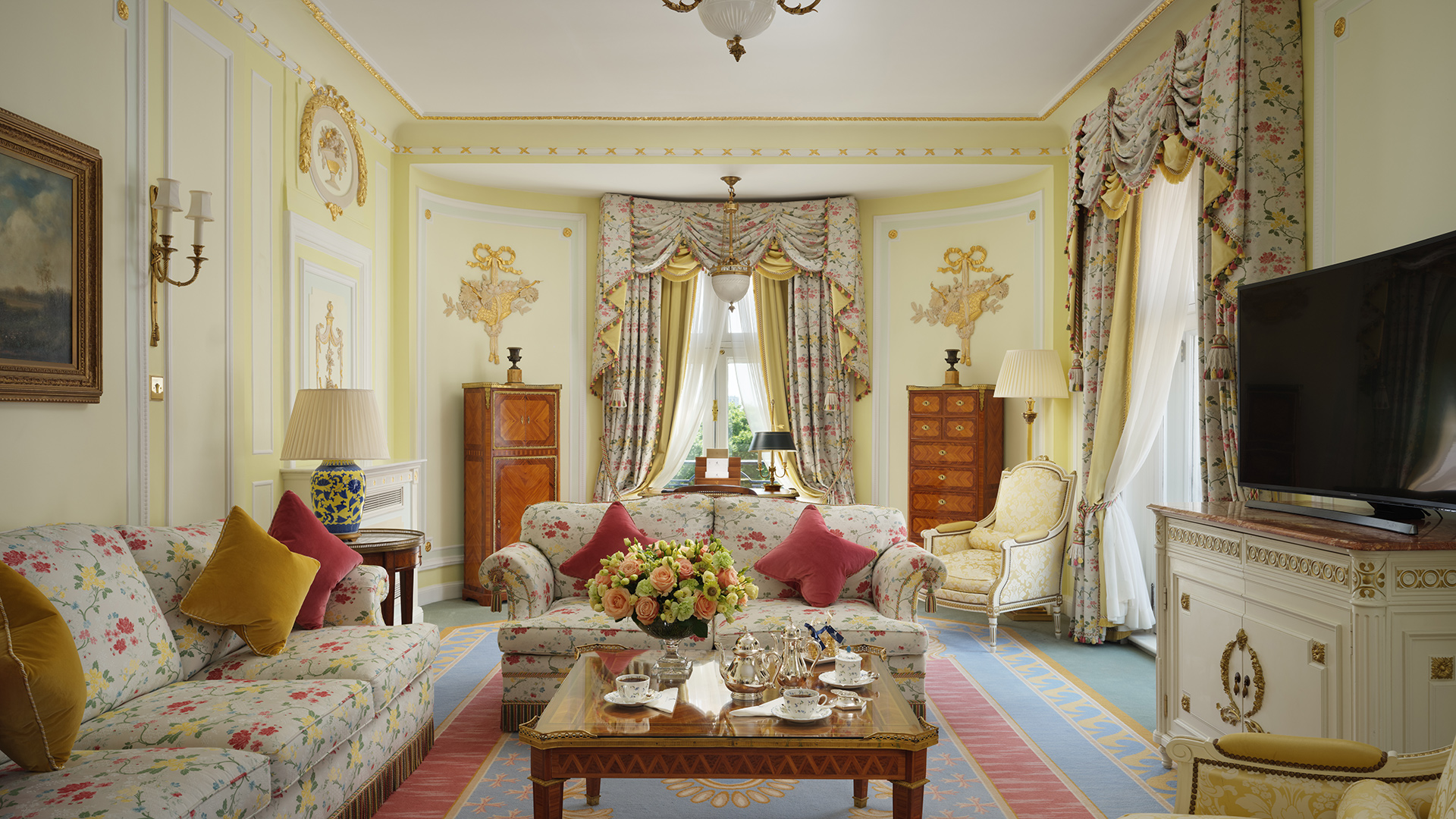The Rise of Non-Alcoholic Excellence and Its New Global Audience
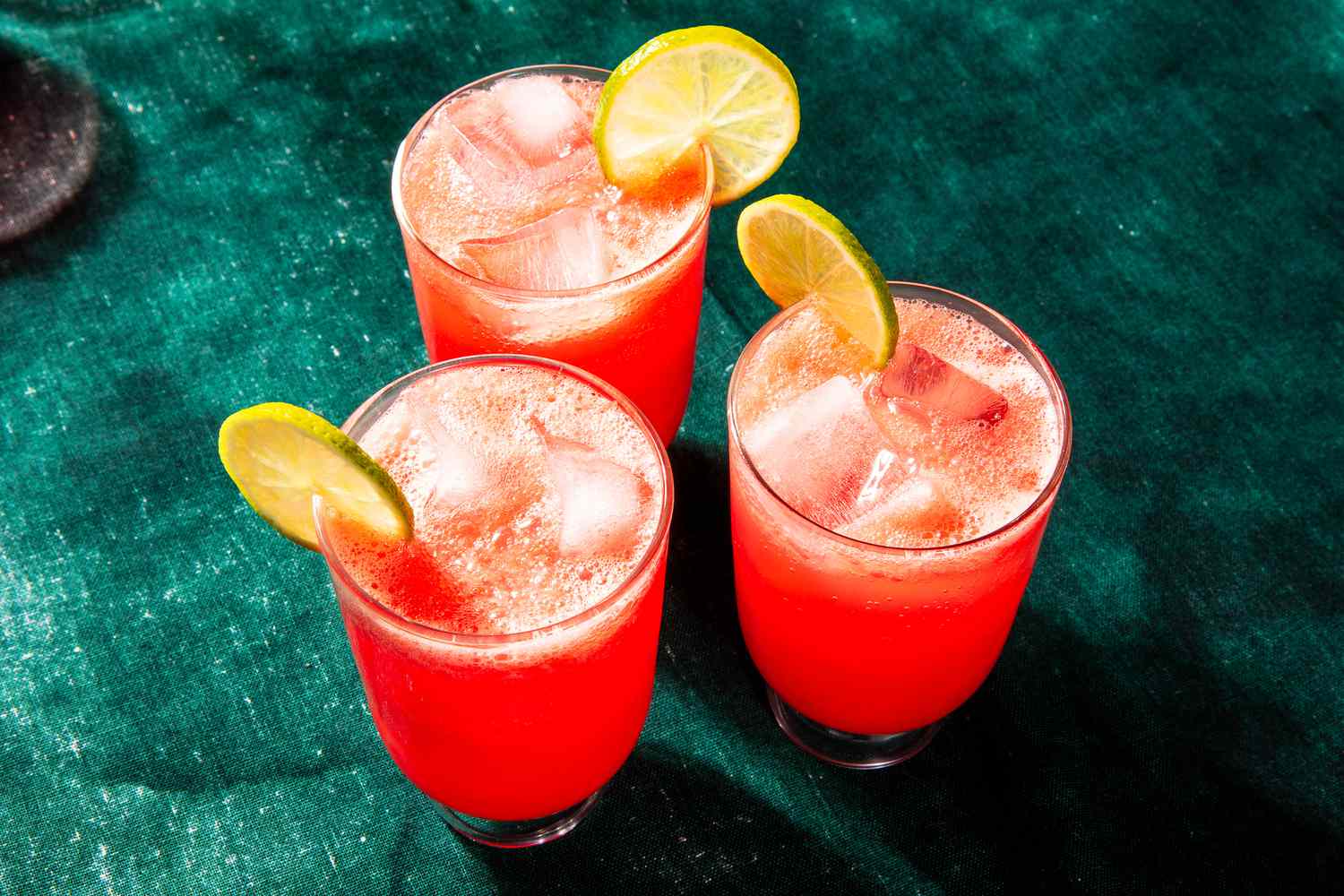
What began as a “mocktail” sidebar has become a primary creative lane in world-class hospitality. In 2025, non-alcoholic (NA) programs at leading restaurants and bars are no longer framed as abstention or compromise; they are culinary statements with terroir, technique, and ritual equal to spirits programs. The shift is demand-led (health, mindfulness, cultural fit), supply-enabled (fermentation, distillation, precision extraction), and brand-defining (design language, pacing, pricing integrity). This report maps the craft, economics, guest psychology, and competitive playbook behind NA excellence—and why it now matters in rankings.
1) Why Now: Demand Realities, Not Just Trendlines
- Plural audiences: Travelers cycling between “on” and “off” nights; athletes and executives protecting sleep; pregnant guests; observant communities; flavor-first diners uninterested in ethanol’s effect but eager for complexity.
- Wellbeing as baseline: The same guests paying for circadian lighting, recovery spa, and chef-led nutrition will not accept a sugary afterthought in the glass.
- Social fluency: NA programs remove the stigma of “not drinking,” preserving the social grammar of an evening—glassware, bar theater, pacing—without intoxication.
2) The Craft: From Syrups to Serious Technique
World-class NA programs read like kitchens: mise en place, fermentation logs, and sensory standards.
Core techniques
- Fermentation (lacto, koji, kefir whey): acidity and umami without volatile acidity blowouts.
- Low-heat distillation & vacuum infusion: preserves fragile aromatics (citrus leaf, spruce tips, osmanthus).
- Clarification (casein, pectinex, centrifugal): texture control and brilliance for service.
- Oxidation management: inert gas handling, micro-dosing of acids, and cold-chain discipline.
- Tannin & structure building: tea (first flush Darjeeling, lapsang), cacao husk, verjus, seed and stem extracts.
- Carbonation as architecture: pressure profiling; bottle-conditioned NA ferments for Champagne-like tension.
Flavor grammar
Top notes
Citrus leaf, yuzu hydrosols, rose geranium.
Mid-palate
Stonefruit pits, toasted rice, kombu.
Bass
Roasted barley, chicory, black cardamom, shoyu-adjacent reductions.
Bitterness & length
Grapefruit pith, dandelion, artichoke leaf (gentian-free amaro analogs).
3) Service & Ritual: Protecting the Evening’s Arc
- Apertura (pre-dinner): saline spritzers, herb tonics, acid-driven highballs that sharpen appetite.
- Course pairings: micro-ferments and clarified juices keyed to dish salinity, fat, and temperature.
- Digestifs: roasted cereal “whiskies,” mushroom reductions, aged tea extractions that deliver warmth and length.
- Glassware parity: stem choice, temperature, and pour size replicate the sociability of wine and spirits.
- Language parity: origin and method dignified on menus (“vacuum-distilled spruce, kefir-whey clarified green apple, toasted buckwheat”).
“NA is not abstention; it is expression—of place, season, and technique.”
4) Regional Voices Shaping the Category
North America
Laboratory-grade extractions and culinary cross-pollination from tasting menus; bartenders co-locate with pastry for precision.
Europe
Nordic fermentation (spruce, quince, sea buckthorn) and Mediterranean amaro traditions adapted without ethanol.
Middle East
Jallab, tamarind, rosewater, laban elevated into pairings; Riyadh and Doha lead in ritual and glassware prestige.
Asia
Tea and koji cultures deliver structure and umami; Japan/Korea anchor clarity; Bangkok/Singapore drive tropical acid and spice balance.
Latin America
Cacao, purple corn, atole, native herbs; Andean/Amazonian biodiversity reframed through fermentation and distillation analogs.
5) Economics & Operations: From Token to Profit Center
NA pairings priced ~55–75% of alcoholic pairings to reflect craft.
Batchable bases with daily finishing keep service swift without losing depth.
Peel, pit, stalk, and bread offcuts become bitters, syrups, and ferments.
True NA excellence lifts checks and widens pairing adoption across parties.
6) Sensory Design: Building Length Without Alcohol
- Temperature modulation: 6–8°C (sparkling), 10–12°C (“white analogs”), 14–16°C (“reds/digestifs”).
- Texture strategy: pectin/tea tannin for grip; micro-bubbles for lift; whey proteins for satin mouthfeel.
- Finish engineering: bitter-saline ends for length; aromatized oils create retronasal persistence.
- Food interference tests: validated against fat, acid, and umami spikes to avoid palate collapse.
7) Playbook: Building a Best-in-Class NA Program
- Name a lead (bar + pastry + fermentation liaison).
- Write a house style (Nordic bright; Mediterranean bitter; Desert floral; Tropical saline).
- Design a 6–8 drink backbone: two aperitifs, two mid-course, one aromatic calm, one bitter-length digestif; rotate seasonally.
- Codify QC: Brix, pH, dissolved CO₂, turbidity; daily taste panel.
- Ritualize service: pacing mirrors wine pairings; dedicated stemware; NA welcome pour for all.
- Tell the story: origin maps, farm partners, fermentation diaries; authorship like a wine list.
8) Case Snapshots (Anonymous, Composite)
Urban tasting room, Europe
NA pairing adoption 12% → 41% after vacuum-distilled herbs & aged oolongs; average check +9% with zero alcohol served.
Coastal resort, Asia
Kefir-whey clarified tropicals replaced sodas; minibar NA revenue +63%; wearables showed better sleep → higher return intent.
Middle East city hotel
Ceremony-forward NA digestifs in crystal and carts; bar became a cross-cultural salon, evenings lengthened without intoxication.
9) Measurement: What to Track (and Share)
- Adoption rate of NA pairings by party size and time slot.
- Guest-reported clarity post-meal (sleep, focus) correlated with return intent.
- Waste capture conversion into NA ingredients.
- QC conformance (pH/CO₂/turbidity) linked to complaint rate.
- Menu readability (dwell time, selection latency) after language parity updates.
10) The Cultural Stakes
NA excellence is about inclusion and longevity: it welcomes more people into the fine-dining conversation, keeps evenings dignified for business and family settings, and aligns hospitality with wellness without moralizing. For hotels in regions with alcohol restrictions, it is a pathway to authentically local nightlife that still feels international in craft and ceremony.
Non-alcoholic programs have outgrown substitution. The best bars and restaurants now treat NA as expression—place, season, technique—served with the same theatre and precision as spirits. As rankings evolve, NA excellence will distinguish leadership not because it is virtuous, but because it is excellent.

